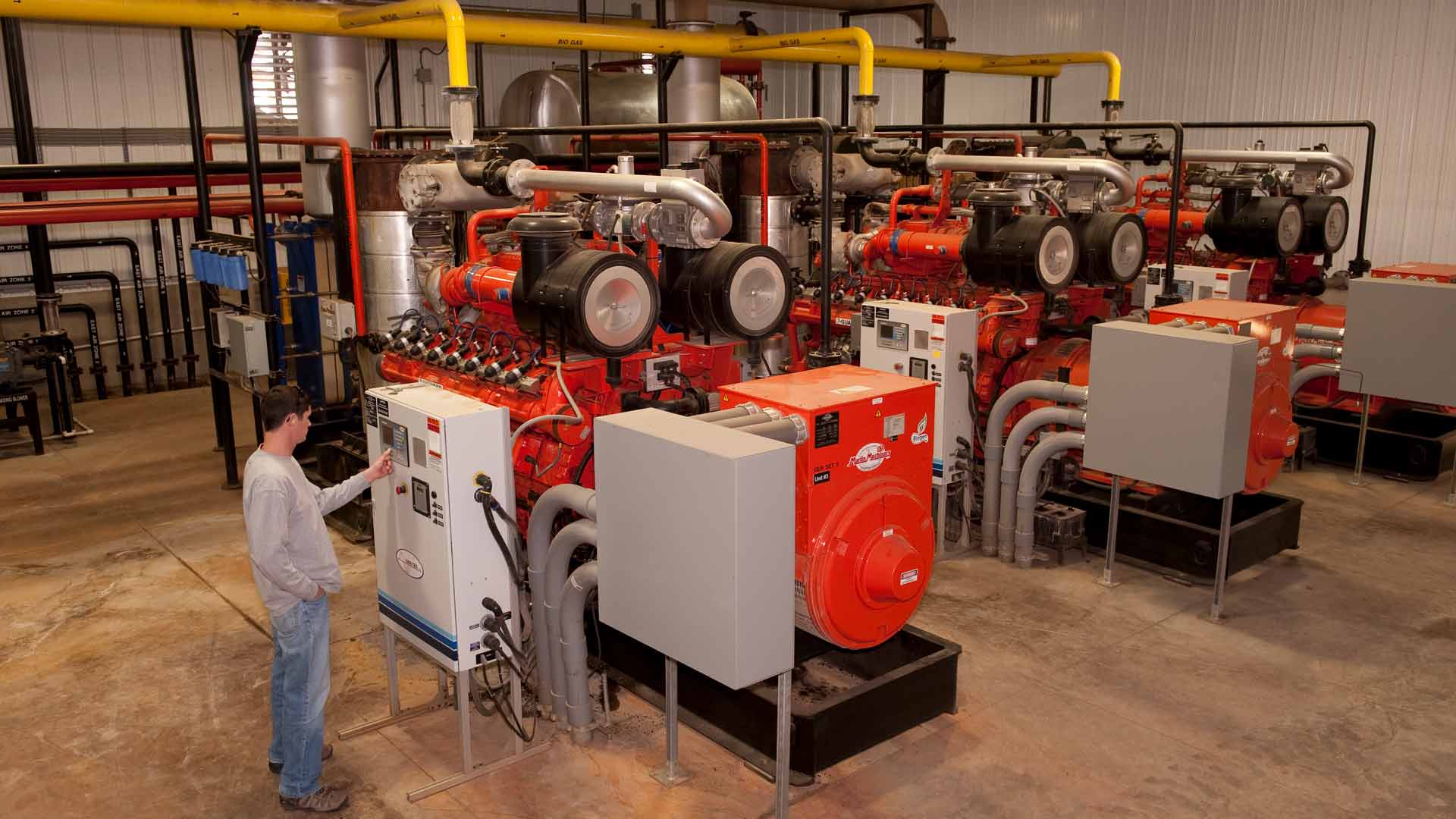A cheese manufacturer loads whey into an oxygen-deprived vessel where microorganisms thrive. Bacteria bugs eat the whey and create methane gas that will power the cheese plant.
Entrepreneurial dairy producers have been using these anaerobic digestion systems for years to turn manure into power-producing methane. (see Riverview story, pages 2-3) They are less common in food-processing facilities, but manufacturers are seeing financial opportunity in turning food waste into energy.
In February, the Energy Center of Wisconsin and AURI released an Anaerobic Digester Casebook for food processors. “The technology of anaerobic digestions isn’t new, but now there is more attention on using the biogas produced,” says Joe Kramer, Energy Center project manager. “Companies like to see examples and insights from others already using this technology.”
Kramer has written four other casebooks on agricultural anaerobic digestion. When he heard there were no such publications for the food industry, he started compiling data from Great Lakes region food companies using digesters.
Most food processors send their waste to municipal facilities but, as companies grow, they can overload the municipal systems and processors must pre-treat the waste or handle it in-house. Both are costly. With anaerobic digestion, food processors can decrease the amount of waste solids and pollutants as well as create energy, says Jen Wagner-Lahr, AURI project director.
The Energy Center of Wisconsin is a research and education nonprofit that addresses energy efficiency, conservation, renewable energy, outreach and training. Kramer contacted AURI to be a project partner because he has “admired AURI’s work over the years” and is familiar with many of the Institute’s projects, he says.
The casebook looks at six types of anaerobic digester systems and various feedstocks used by food companies in the Great Lakes region — Minnesota, Indiana, New York, Wisconsin and Illinois. The 12 processors profiled make cheese, meat, vegetable, oat, sugar, beverage, refrigerated-dough and corn-based products.
“Food companies can use this as a resource to see other experiences with anaerobic digestion, what technologies are available, what similar companies are doing, and have resources and contacts,” Wagner-Lahr says.
“This casebook will create opportunities for AURI to assist Minnesota companies.”
For information on obtaining a copy of the Anaerobic Digester Casebook, go to www.auri.org.

